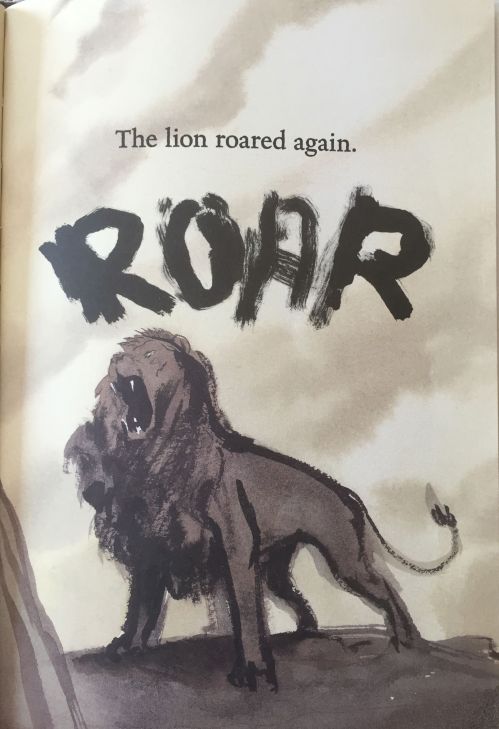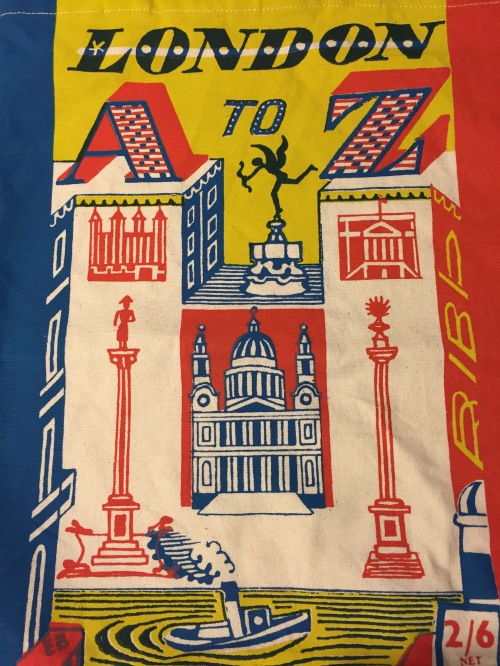J.R.R. Tolkien was a staunch defender of the appropriateness of fairy tales and fantasy for both children and adults but in his seminal essay “On Fairy-Stories,” he acknowledged that some stories need to be “sized” for children. “…children may hope to get fairy-stories fit for them to read and yet within their measure; as they may hope to get suitable introductions to poetry, history and the sciences…Their books like their clothes should allow for growth…”
“Sizing” your story and your writing is a common issue for children’s writers. A few writers, like Maurice Sendak, claim they don’t consider their audience at all,* but I have to believe it’s the rare children’s writer who doesn’t pause over a word concerned about its accessibility for the child reader or who isn’t modulating the level of violence and gore in their story.
It gets trickier with the notion of what adult worries and fears kids can absorb. Death, in particular, is a tough one. Oh, there are any number of dead parents littered through children’s lit, and certainly some tragic deaths like Beth’s in Little Woman or Old Yeller, and many near escapes and dangerous situations, but rarely is a child’s own death confronted head on.
Recently, I checked out two versions of a picture book by Russell Hoban, Jim’s Lion, because I was so struck by the very different sizing done by the two different illustrators. **
Hoban’s story is about a young boy, Jim, who is ill and worried about dying.
“People who have what I have, mostly they die, don’t they?” Jim says to his nurse and he worries that he won’t come back from where the doctors send him during his operation.
Jim’s nurse tells him that in his head is everything he’s ever seen or thought about, including all kinds of animals.
“One of those animals is the finder who can bring you back from wherever the doctors send you,” she says.
The rest of the story is about Jim finding and befriending his finder animal, who turns out to be a lion and who does indeed bring him back from his operation
But although the story is exactly the same, look how differently the two illustrators handled it.
Illustrator Ian Andrew’s lion is warm, wise and comforting.

Alexis Deacon’s lion not so much.

In Deacon’s version, Jim meets the lion even before the story begins in a surreal comic book type sequence that foreshadows Jim’s fears.

Contrast that with the first encounter in Andrew’s version:

In the story, the lion (gentle or otherwise) isn’t immediately tamed and Jim has to first overcome his fear of the lion who greets him with a roar. Here’s Andrew’s roar:

Here’s Deacon’s roar:

But isn’t just in style that the two illustrators vary. Through illustrated sequences, Deacon expands considerably on Hoban’s story taking it into a very dark vein (yes, pun intended). Deacon’s illustrations are bloody, indeed.



The operation sequence in the Deacon book takes up 26 pages taking Jim through many changes from the nightmare of the operating room:

To a turnabout where the lion is the sick one:

And Jim protects him:

The operating sequence in Andrew’s version closely follows the text, which simply notes of the operation that Jim closes his eyes, sees the lion and says, “Okay, let’s do it.” Then he “walked down the long curve of the beach into the dark and lion followed.

The story then immediately jumps to Christmas morning, where Jim is at home: happy and well.
The Deacon version ends in the same place, but what a different journey he takes us on.
Are they appropriately sized for kids? Andrew’s version is aimed at a younger child than Deacon’s. At least based on the boy in the illustrations. I can see a child taking comfort in this protective, powerful lion.
Even for an older child, the Deacon version is dark, surreal and unsettling. (It reminds me of David Small’s Stitches.) The lion is not easily won over and Jim’s fight to survive the operation is clearly painful and hard. It seems perhaps YA in its bloodiness and menace, but it is shelved in the children’s section in the Seattle Public Library.
But the reality Jim faces is bloody and menacing. He will be cut open and he may die. Hoban’s story doesn’t shy away from that. And Deacon’s illustrations certainly don’t. I can imagine an older child faced with a hard reality like this could appreciate Deacon’s unflinching take on how frightening and difficult this is.
And I can see other children, not sick or facing anything like death, being intrigued and challenged by the Deacon version, as I was intrigued by the odd and sometimes horrifying art I saw in art history books when I was a kid at home.
It’s an interesting and risky way to illustrate this story. I applaud Deacon and his editors for taking the chance. Perhaps Deacon was aware of another thing that Sendak said in his Tate Modern interview. According to Sendak, “Herman Melville said that artists have to take a dive and either you hit your head on a rock and you split your skull and you die … or that blow to the head is so inspiring that you come back and do the best work that you ever did.”***
* “I do not believe that I have ever written a children’s book,” Sendak said in a taped interview for the Tate Modern. And on The Colbert Report he said, “I don’t write for children. I write and somebody says, ‘That’s for children!’” My apologies to the late, great Mr. Sendak, but I don’t believe him.
**Interestingly, both U.S. versions were published by Candlewick Press. I’m guessing both were originally published by Candlewick’s parent company, Walker, in the U.K. The Andrew version was published in 2001, the same year as the copyright for the text. The Deacon version was published in 2014.
***It must be pick-on-Maurice-Sendak day, because I haven’t been able to find a quote like this from Melville. But of course, I’m just googling around. Sendak probably actually read Melville.





















































